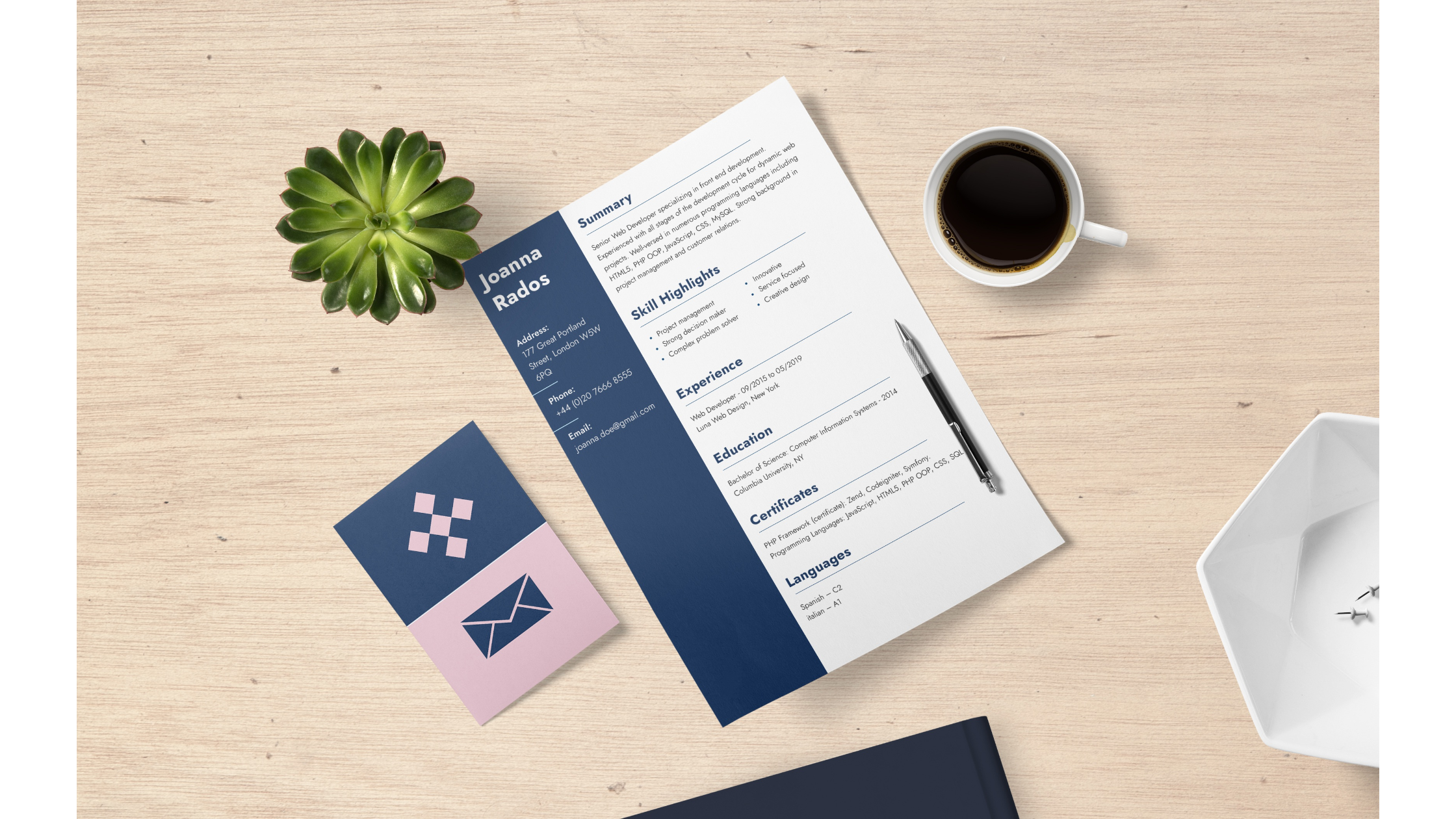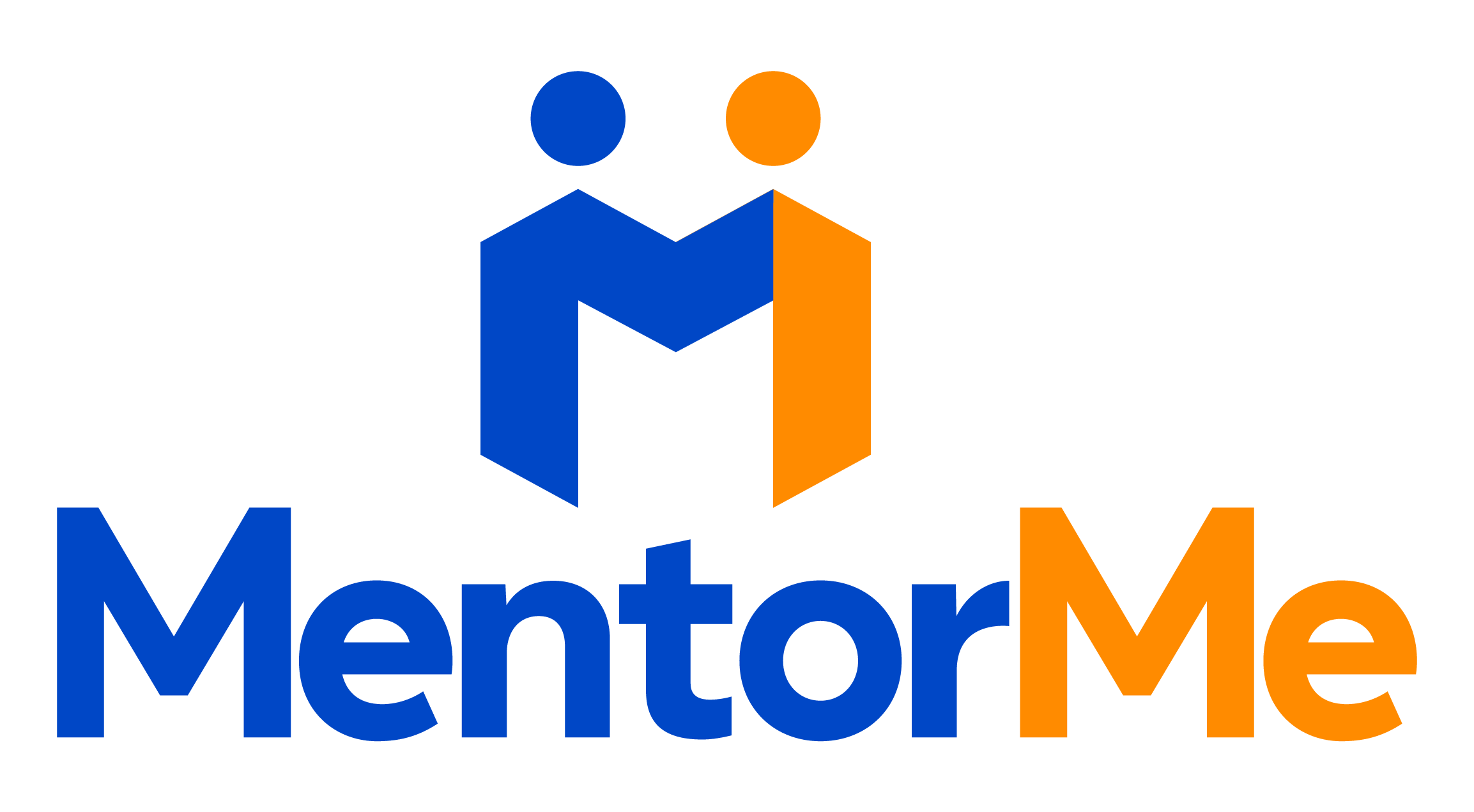
How to Create an ATS-Optimized Resume: A Comprehensive Guide
In today's competitive job market, having a resume that stands out is more crucial than ever. But it's not just human eyes you need to impress – your resume also needs to pass through Applicant Tracking Systems (ATS). In this guide, we'll walk you through the process of creating an ATS-optimized resume that will increase your chances of landing that dream job.
What is an ATS?
An Applicant Tracking System (ATS) is software used by employers to manage the recruitment process. It streamlines hiring by automating tasks such as job postings, resume sorting, and candidate communication.
How ATS Works
- Job Posting
- Resume Collection
- Parsing Resumes
- Keyword Matching
- Ranking Candidates
Why is ATS-Optimization Important?
- First Impression: Your resume is often the first point of contact with employers.
- Showcases Qualifications: It highlights your relevant experience, skills, and achievements.
- ATS Compatibility: Increases your chances of passing through automated systems.
- Guides the Interview: Serves as a reference point during interviews.
- Professional Branding: Reflects your professionalism and attention to detail.
How to Create an ATS-Friendly Resume
- Use a Simple Format
- Avoid complex layouts
- Choose readable fonts (Arial, Calibri, Times New Roman) in 10-12 point size
- Use Keywords from the Job Description
- Analyze the job posting
- Match job titles when appropriate
- Focus on Relevant Experience
- Highlight achievements with metrics
- Be concise but impactful
- Include Essential Sections
Section | Content |
Contact Information | Name, phone, email, LinkedIn profile |
Professional Summary | 2-3 sentences highlighting key qualifications |
Education and Certifications | Relevant degrees and certifications with dates |
- Avoid Special Characters
- Stick to standard characters and bullet points
- Save in the Right Format
- Use PDF or Word document (check job listing for preferences)
- Tailor Your Resume for Each Application
- Customize to reflect specific job requirements
- Test Your Resume
- Use ATS-friendly tools to check performance
- Keep it Concise
- Aim for one page (two pages for extensive experience)
- Proofread
- Check for spelling and grammatical errors
Order of Items in an ATS-Optimized Resume
- Contact Information
- Professional Summary
- Core Competencies/Skills
- Work Experience
- Education
- Certifications (if applicable)
- Additional Sections (optional)
Top AI Tools for Creating ATS-Optimized Resumes |
Top AI Tools |
1. Jobscan |
2. Zety |
3. Resume Worded |
4. Resumake |
5. Kickresume |
The Impact of an ATS-Optimized Resume on Salary
A well-crafted, ATS-optimized resume can contribute to securing a higher salary package by:
- Demonstrating value
- Increasing interview opportunities
- Setting the tone for negotiation
- Showcasing career progression
- Aligning with industry standards
Conclusion
Creating an ATS-optimized resume is essential in today's job market. By following these guidelines and utilizing the right tools, you can significantly increase your chances of getting your resume past automated systems and into the hands of hiring managers. Remember, your resume is your personal marketing tool – make it count!
To deepen your knowledge and get expert insights on creating an ATS-optimized resume, we invite you to check out our informative webinar session. This session covers advanced techniques, real-world examples, and answers to common questions about ATS optimization.
Watch our webinar: How To Create An ATS Optimized Resume
Don't miss this opportunity to take your resume to the next level and increase your chances of landing your dream job!
Additional Resources
- Check out our blogs for working professionals:
- For further information, visit our website: www.mentormeright.in or call us at +91 8188824440
- Follow us on Social Media:
- YouTube: https://www.youtube.com/@MentorMeRight
- Instagram: https://www.instagram.com/mentormeright/
Author:
Meghana M.
Educational Research and Writer.






